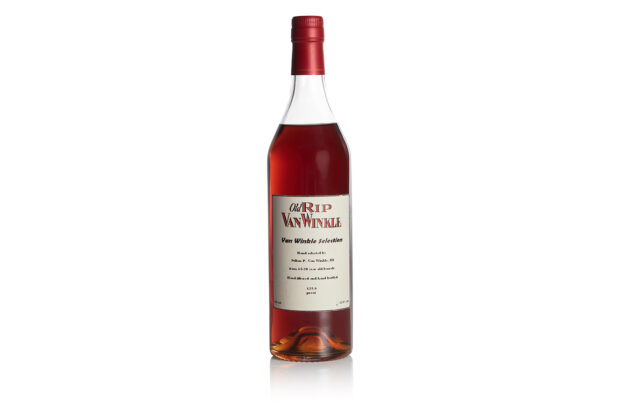See the chart below to understand how to convert Decanter wine scores to and from the 100-point-scale, whether it's an older tasting note using the 20-point system, a medal winner in the Decanter World Wine Awards or an 'outstanding' wine in a Decanter panel tasting.
How to convert Decanter wine scores and ratings to and from the 100 point scale:
All wines formally tasted by Decanter experts are now scored against the 100 point scale. The chart below shows you how to convert wines to the 100 point scale from the 20 point scale and vice versa, to help you to compare scores that may be from different time periods.
The first column in the chart below represents ratings given during Decanter panel tastings, according to the wine’s score. For example, a wine must score at least 95 points to be considered ‘outstanding’, and at least 98 points to be called ‘exceptional’.
The third column, entitled ‘medals’, refers to the score a wine needs to achieve at the Decanter World Wine Awards and the Decanter Asia Wine Awards in order to gain a commended, bronze, silver or gold medal.
Some gold medal winners will go on to achieve platinum medals, or ‘best in class’ awards, when pitted against their gold medal winning peers in a particular category – such as red Bordeaux blend.
Future wine legends: Decanter 100-point wines
The Decanter ratings conversion chart:








